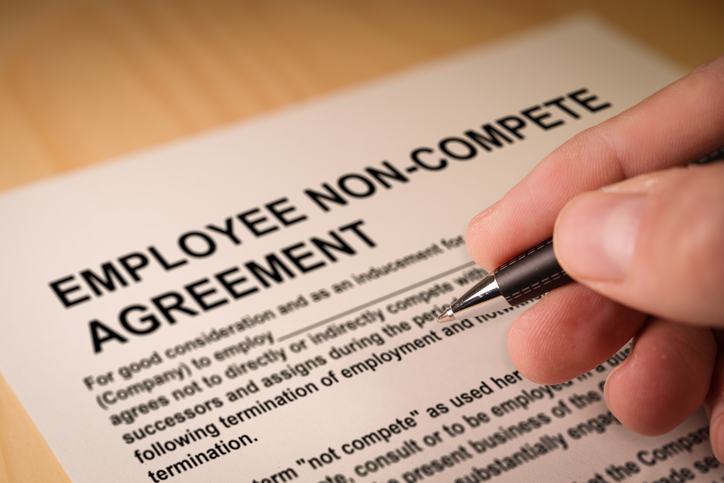Mechanics’ Liens: A Valuable Tool to Protect Your Right to be Paid
Mechanics’ liens are statutory creations designed to protect contractors, subcontractors, laborers, and suppliers that have not been paid for work performed or materials supplied on a construction project. A mechanics’ lien provides these parties with the ability to acquire a security interest in the property where the work was performed. Mechanics’ liens can be valuable tools for these parties to ensure that they are paid– if they are properly created. Ohio’s mechanics’ lien laws are intricate and failure to adhere exactly to the statutory procedure may result in your mechanics’ lien being invalidated.
Mechanics’ Lien Laws in Ohio
Ohio’s mechanics’ lien laws are set forth in Ohio Revised Code Chapter 1311. One of the most important aspects of mechanics’ liens that requires particular attention to detail is the mechanics’ lien affidavit. The affidavit must be filed in the Recorder’s Office of the county where the project is located and within a specific number of days from the last day work is performed or material is furnished (the timeline depends on the type of construction). The affidavit is required to include certain pieces of information, such as the amount owed and the first and last dates that the work was performed or supplies were furnished, among other things.
Ohio courts require strict interpretation of mechanics’ lien statutes with respect to the creation of a lien. Any defect in the creation of a mechanics’ lien could be fatal and thus leave a contractor or supplier unpaid at the end of a project and without a viable recourse against the owner. For example, a supplier lost its lien rights for nearly forty thousand dollars simply by misidentifying the property owner in its affidavit – the supplier listed “Mike Hurren”, who was the president, owner, and statutory agent for the property owner, instead of “Hurren Builders, Inc.”, the correct name of the property owner. Hoppes Builders and Development Co. v. Hurren Builders, Inc., 118 Ohio App. 3d 210, 213-214 (2nd Dist.1996). A seemingly insignificant distinction, especially because the name listed was that of the president, owner, and statutory agent for the property owner, but one with expensive consequences.
Over the years, Ohio courts have reached different results in their consideration and construal of Ohio’s mechanics’ lien statutes, specifically with respect to the creation of a mechanics’ lien. While some courts have liberally construed these statutes, the majority have favored strict interpretation of them. The best and safest bet for a contractor or supplier is to familiarize themselves with the requirements of these statutes, including those steps required to preserve your lien rights at the beginning of the construction project, to ensure effective creation and enforcement of a mechanics’ lien.
Mechanics’ Lien Law Help From FGKS
Mechanics’ liens can be a vital resource to secure payment on a project– however, contractors, subcontractors, laborers, and suppliers must take care to ensure strict compliance with Ohio’s mechanics’ lien statutes in order to preserve their rights. The process to do so is intricate but can easily be incorporated into your contracting and billing practices, such that you preserve your rights on every project. For more information on mechanics’ liens or for assistance with other legal challenges related to construction, please contact Attorney Josh Koltak at FGKS Law.





